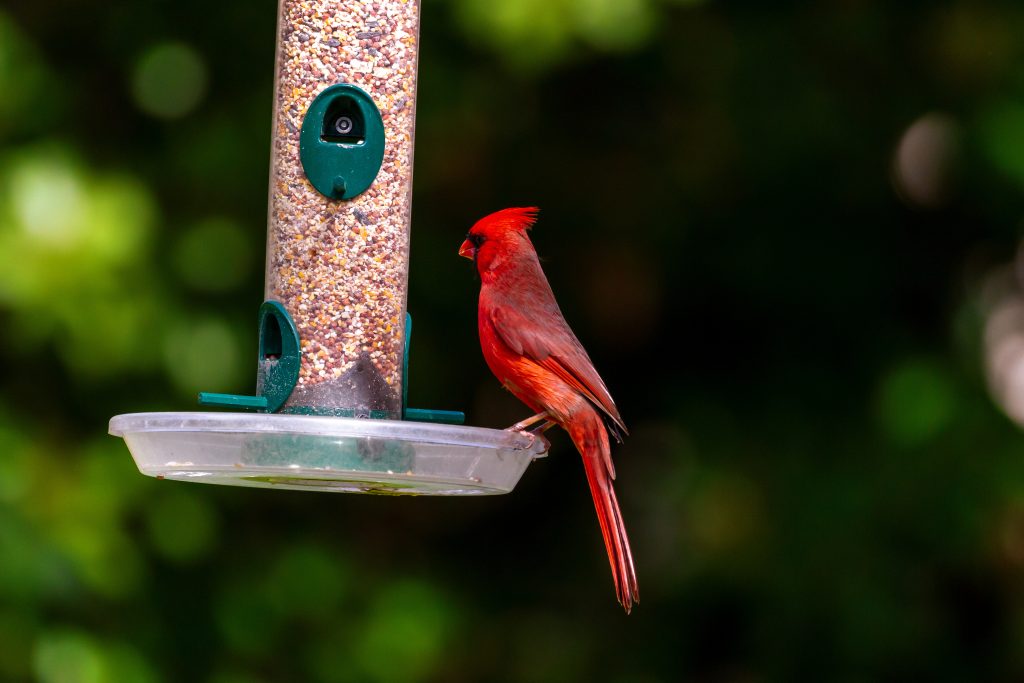
Many homeowners enjoy placing bird feeders in the landscape and filling them with purchased bird seed mixes to delight in observing the various visitors. In addition to our common songbirds, and maybe some rare migrating species that stop for a moment, you may also find some non-feathered species, such as the ever-troubling squirrels and an occasional snake. You may find some interesting and new plants popping up under the feeder, too.
Plant volunteers under the feeder are usually coming in from the bird seed itself. Hulled seeds, as well as any imported seeds, are less likely to sprout, but bags of purchased bird seed will generally provide an ingredient list, showing you the potential options. Based on my observations, along with a review of other articles and communication with local bird seed providers, the common plants you will see sprout under the feeder include millets, safflower, and sunflowers.
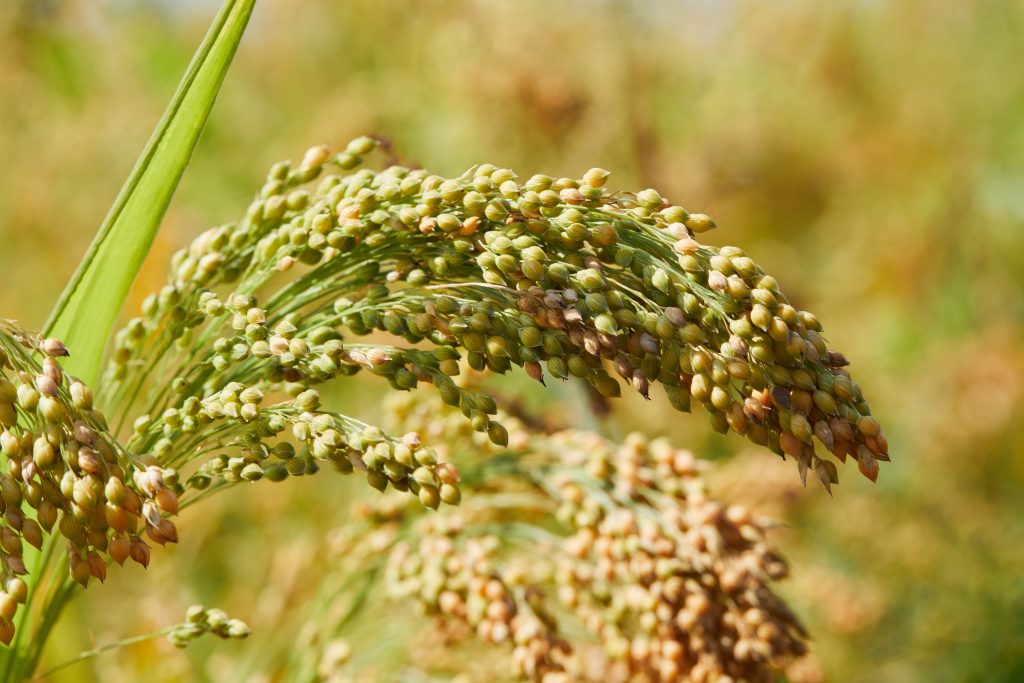
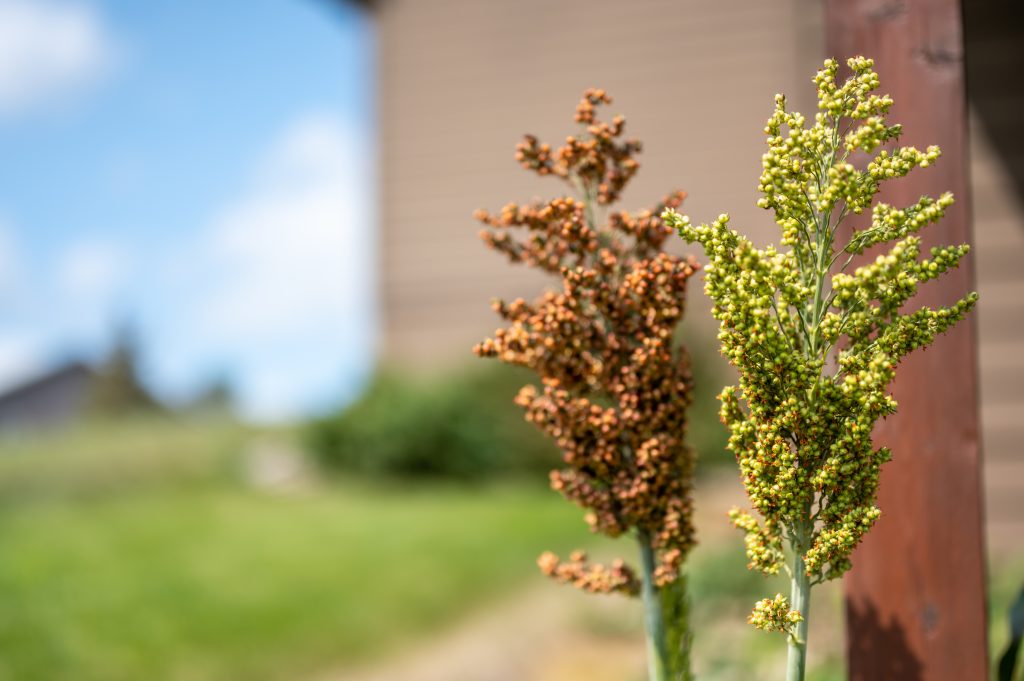
Millet is a common name applied to various grain crops. Proso millet (Panicum miliaceum) and great millet (Sorghum bicolor), also known as sorghum or milo, are your most common millets in bird seed mixes. Proso millet is more preferred as bird seed since most birds tend to push aside the great millet. Lower cost bird seed products will often have the great millet, and this species will readily sprout under a feeder. In addition to feeding birds, the various millet crops are also used to feed humans throughout the world, with sorghum being the fifth most important cereal crop after rice, wheat, corn, and barley.
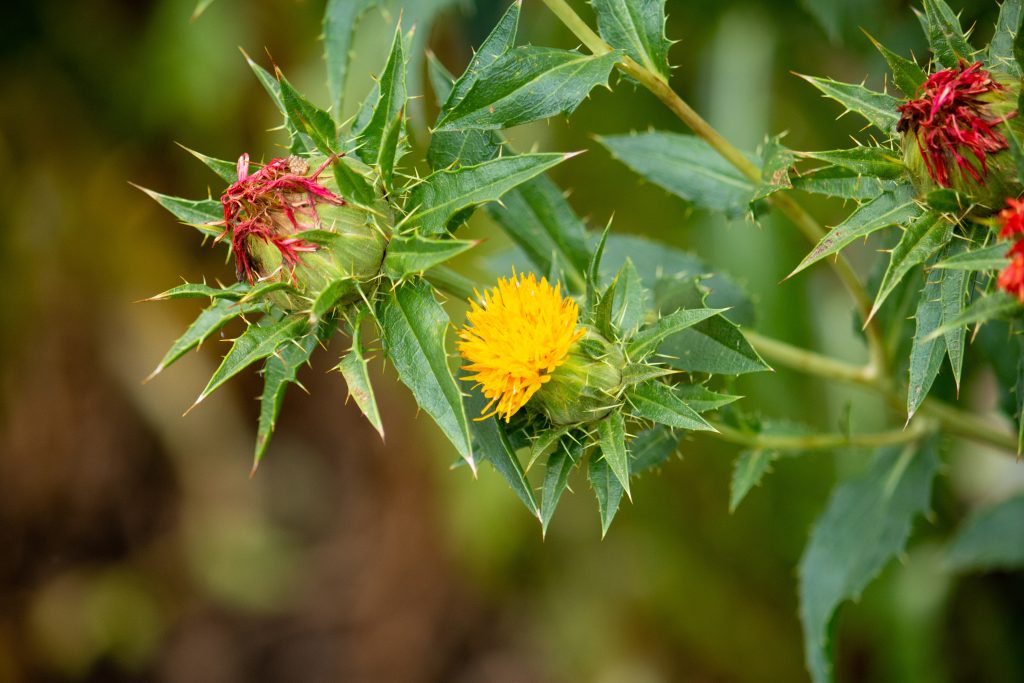
Safflower (Carthamus tinctorius) is the bird feeder volunteer that sparked my interest in discovering the plants contained in bird seed. Safflower is readily gobbled up by Cardinals, Grosbeaks, Nuthatches, Finches, and Titmice. This daisy relative is native to the Mediterranean region and is one of human’s earliest cultivated crops used for dyes, seasoning (a substitute for saffron), oils, and, of course, bird seed.
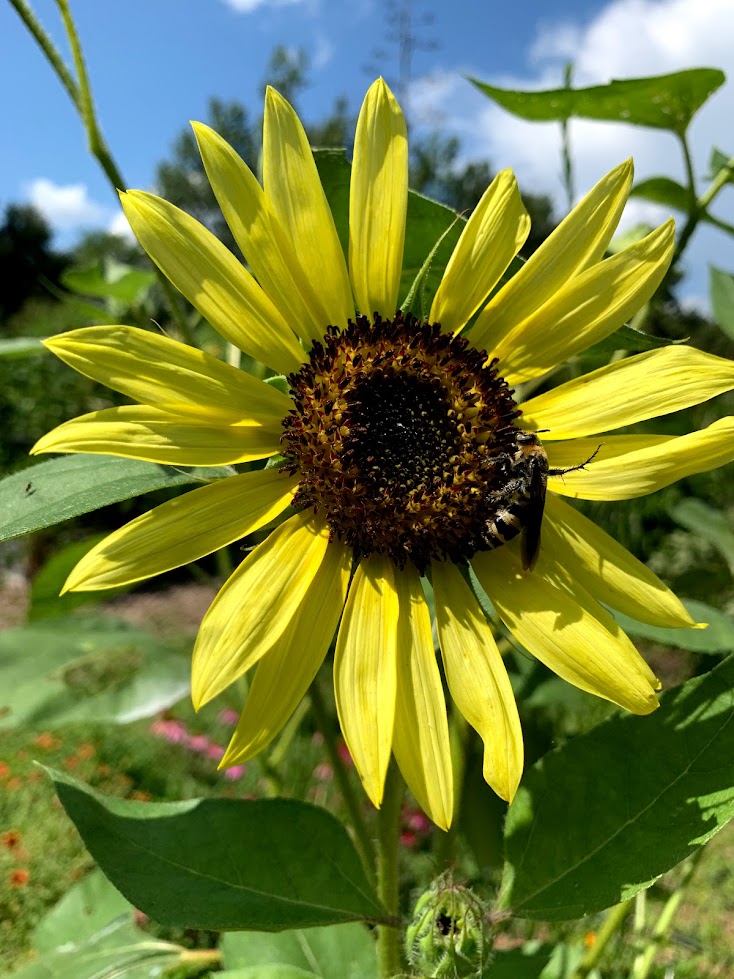
A more common bird feeder volunteer are sunflowers (Helianthus annuus). There are many varieties of sunflowers that have been developed over the years. Bird enthusiasts mainly distinguish between black oil and striped sunflower seeds. These derive from either oil-producing varieties (black oil seeds) or what is known as confection sunflowers (striped seed). The oil-producing varieties were bred to produce sunflower oil and the seeds are generally smaller, have a higher oil content, and a thinner husk, all making them very attractive to a larger variety of birds. The confection sunflowers have larger seeds on larger heads and were bred to be easier for us humans to get into. For feeding birds, the confection varieties with the striped seed have a thicker husk and so are harder for many smaller birds to feed on. If you allow these to grow, both varieties can grow quite large, so be prepared.
In general, many bird enthusiasts will encourage you to clean these seeds up as they can attract unwanted wildlife, from unsavory birds, like Pigeons, Starlings, and Finches, to mice and raccoons. However, even a tidy feeder of birds will likely have some seeds germinate and may want to know what they are. It’s also great fun to watch the birds skip your feeder and go right to the source, picking millet or sunflower seeds right off the plant.

While bird feeders should be considered a treat for your wild birds, like desserts on the top of the old food pyramid, they are still fun to set out in the landscape to provide a spot for you and your family and friends to observe wildlife. Remember that the best way to feed the birds is to provide a diverse landscape, especially one with many different vertical layers and native plant species. For more information on feeding birds, you can read the UF/IFAS document Attracting Backyard Birds: Bird Feeder Selection that contains information on the different types of bird feeders, but also on the various seeds. The UF/IFAS Gardening Solutions website also has a great page on Gardening for Birds.
- A Tale of Two Hoses - November 13, 2025
- Anthracnose and Aster Yellowing Diseases Recently Diagnosed - August 28, 2025
- Let Extension Diagnose Your Landscape Issues - May 28, 2025
